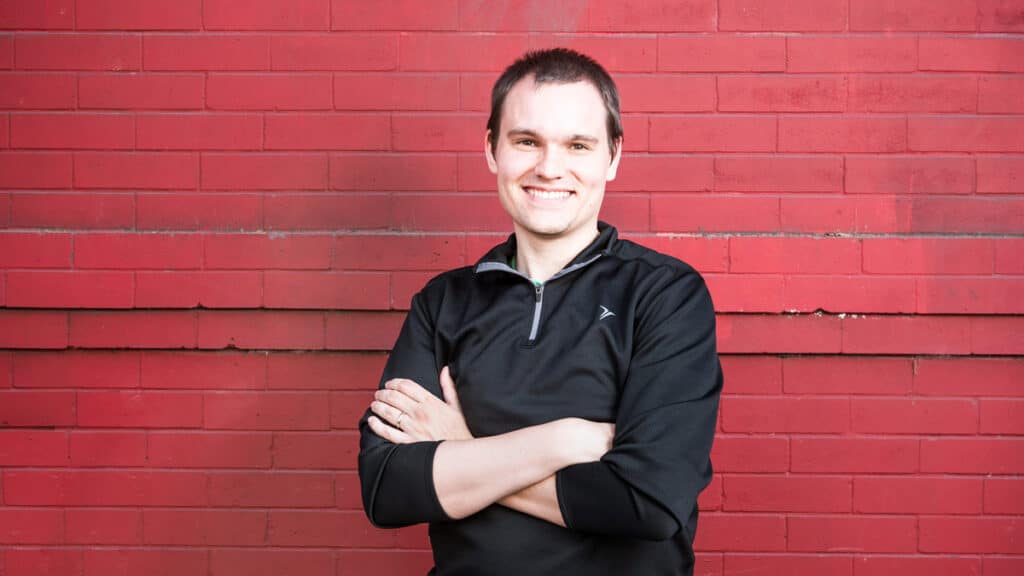“Hey, can we have shorter, more engaging meetings?”
Is the question that the CEO of the software Jim Szafranski receives from virtually all of its customers, ranging from start-ups to Fortune 100 companies. Because the point is: Customers are increasingly looking for expert guidance on how to cut live meeting times to 15 minutes or less. .

Customers want only three things right now: increase contacts between staff and improve productivity in those meetings. And they want reduce burnout problems caused by Zoom fatigue.
Prezi customers are not alone: about half of the executives interviewed by consultant Korn Ferry as early as 2019 he claimed that spending too much time at meetings distracted them from work. Then Covid also arrived. What do you do now?
Meetings of 15 minutes are enough and advance
Szafranski suggests scheduling pieces of the meeting in advance at a time convenient for each participant, to then make the “live” portion of the meeting more efficient. To do this, just record a short video to clarify the topic and the decisions that will need to be made during the session. “This gets guests' attention.”
Sending advance information via video or collaborating with online systems such as Google Docs is effective for "asymmetrical and bright" communication that I told you about here. It works precisely when staff have different time zones, or just want to structure their working day differently.
Another system is to create “mental spaces” without meetings. Spaces which obviously also become times: Szafranski's own company has established that there will be no meetings on Wednesdays, to allow its 300 employees (in 13 countries) to catch their breath. The idea is to “push hard” for a couple of days (Monday and Tuesday), then rebuild your mental energy and collect your midweek thoughts in this break, then discuss these topics “live”.
How long will it take?
A little. Short while. The above 15 minutes are a serious indication. A Microsoft study on brainwaves showed that meetings of more than 30 consecutive minutes have increased stress in the participants and the company reduced the default length of Outlook meetings in 2021.
It also works for those who are already used to it

The software company Zapier has been working remotely since its founding in 2011. It now has a workforce of around 500 people in 38 countries. Individual teams held short daily Zoom meetings called “standups,” where each person updated colleagues on what they had accomplished in the last day, what to do for the next day, and any issues.
In 2020, however, with a post on his blog, Zapier explained how his standups had gotten out of control, often contemplating topics that were relevant to only a few members and useless to everyone else.
This is why the company eliminated this type of meeting, and replaced it with… text. Text communications handled by a bot using Geekbot software in the Slack messaging app. The bot asks team members to report on their work and any issues, taking about a minute to do so.
Against a tsunami of notifications you need organization... and emojis
The question will have arisen. Does relying on messaging apps mean dealing with endless notifications? It's not for sure. To avoid this, organize Slack channels by topic and encourage people to use emojis for quick reactions. If the thread becomes too long and difficult to read (if and only if) then you schedule meetings.
Even for recurring meetings, however, automation can be useful. Zapier uses it to create the outline of topics, send them to participants in advance for reviews, and then send out meeting invitations. Another way to focus only on the conversation and ideas in the famous 15 minutes in which we will discuss.
When everything is lacking, even in-person meetings can improve

Robert Chmielewski, CEO of the real estate start-up website ShareSpace, prefers face-to-face meetings to written notes. A question of quality rather than effectiveness: people, he says, express ideas and talents better when they are face to face. Good. Are we back to the problem of endless meetings again, then? Not at all.
Chmielewski's team uses a three-step process to make sure meetings are short and efficient. First phase, the organizers define a clear purpose. Second phase, establish an agenda and format the topics not by topics, but with questions, which are more precise and point to an answer. Third stage, obviously, contingent meetings. But be careful, adds Chmielewski: the 15 minutes are just a result, not the overall goal.


